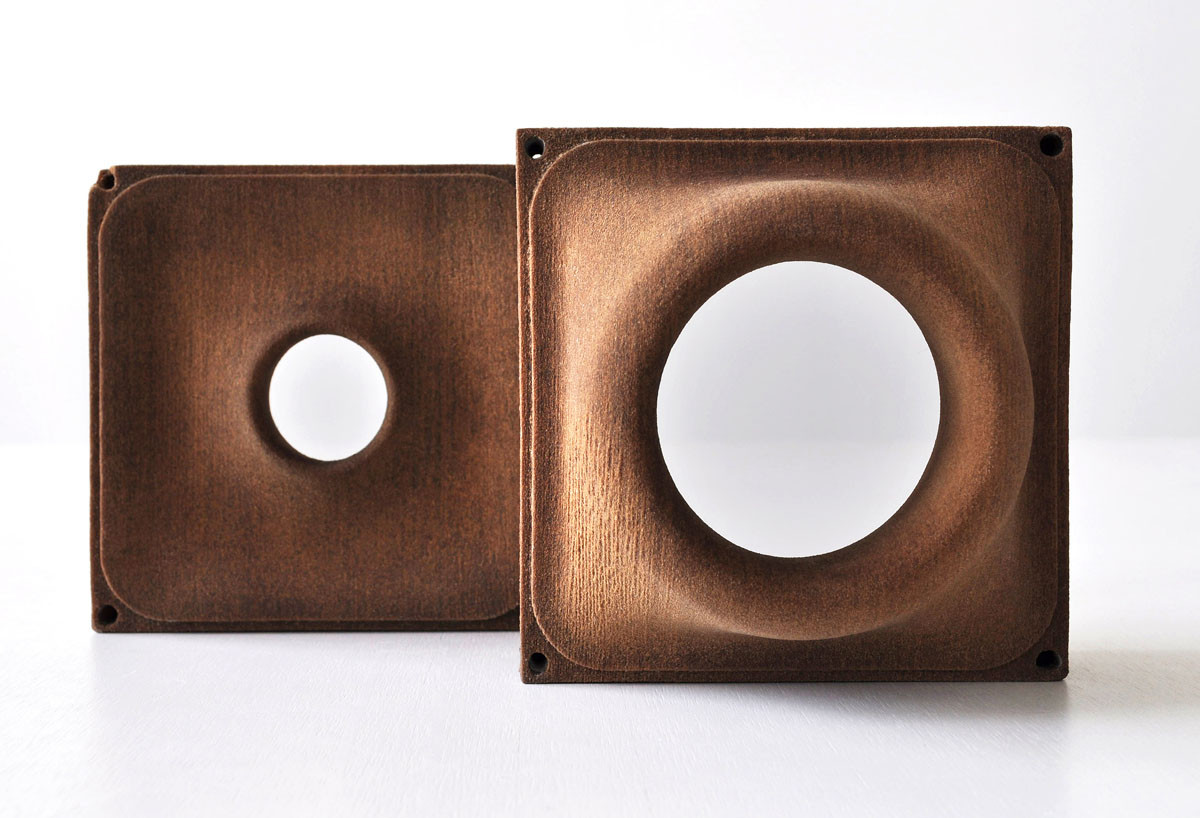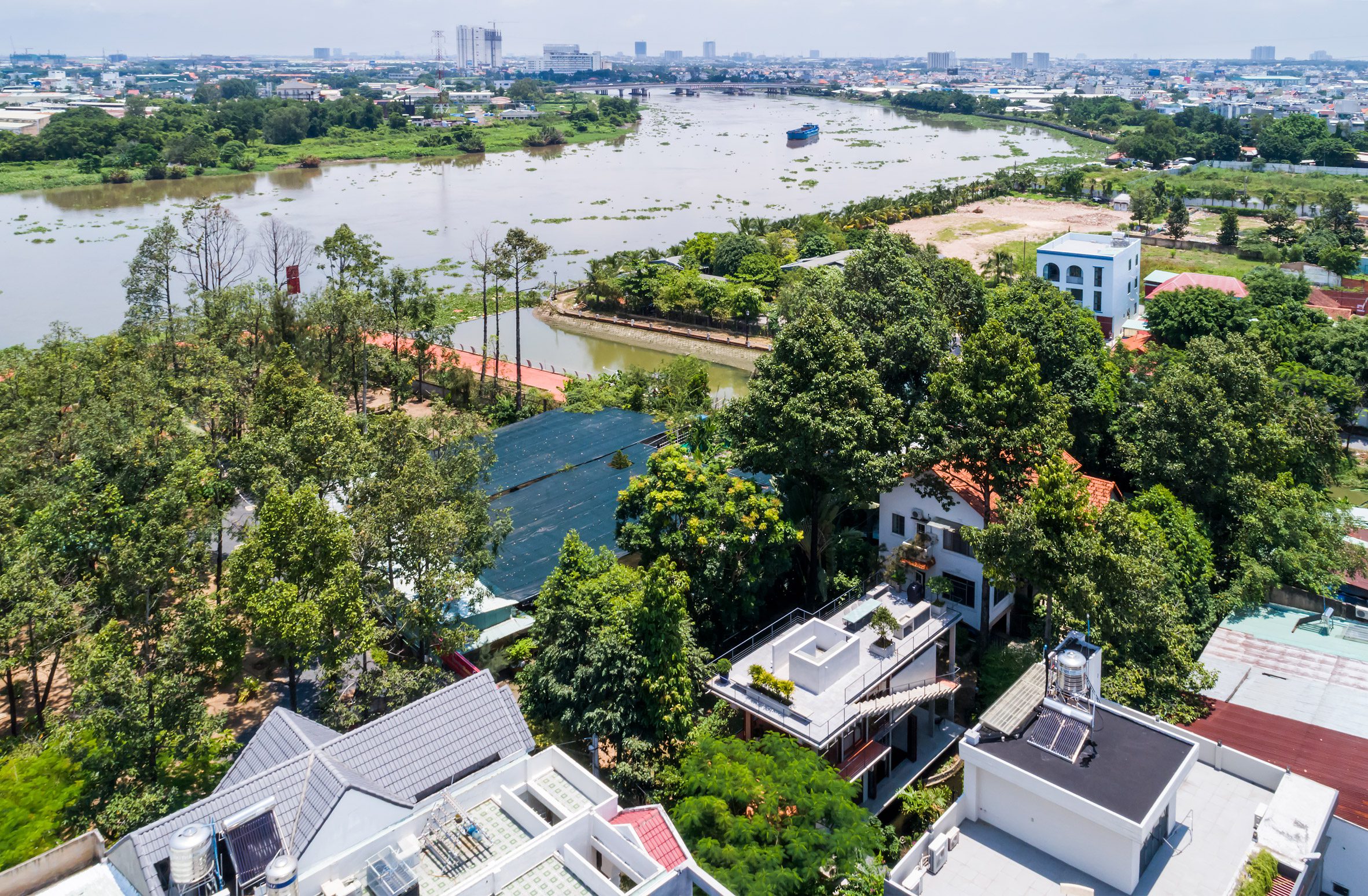Bài viết này có ngôn ngữ Tiếng Việt.
Have you ever wondered what exactly “sustainable construction” means? You’ve probably heard the term thrown around, but do you know how it relates to you and your home? Sustainable construction is all about building in an environmentally-friendly and resource-efficient way. It’s construction that meets the needs of the present without compromising the ability of future generations to meet their own needs.
What: Sustainable Construction
Sustainable construction focuses on six key principles:
- Conserve materials and resources: use only what’s necessary and try to reduce waste.
- Reuse materials when possible: look for ways to repurpose materials from the demolition of old buildings or leftovers from the construction process.
- Recycle and use renewable materials: choose materials made from recycled content or that can be recycled. Use renewable materials like bamboo, cork or sustainably harvested wood.
- Protect nature and ecosystems: choose a building site and design that minimizes impact on the surrounding environment: use sustainable landscaping and gardening practices.
- Create nontoxic and high-quality built environments: use materials and construction practices that don’t pollute the air or water. Provide good indoor air quality and natural lighting.
- Reduce energy consumption: incorporate passive solar design, high-efficiency equipment and renewable energy systems like solar panels to lower the building’s energy needs.

Tony Fruit Office, Ho Chi Minh city, Vietnam. Architects: TAA DESIGN. Photo credits: Hoang Le.
Sustainable construction aims to lessen the burden that buildings place on the environment. By following these principles, we can create structures that don’t deplete natural resources or pollute the planet. The homes and workplaces of the future will be energy efficient, eco-friendly and sustainably built to last. Our planet will thank us for it.
How: Environmentally-Friendly Materials and Design
Choosing sustainable materials and an eco-friendly design is key to sustainable construction. For materials, opt for renewable resources like bamboo, cork, and reclaimed wood. These natural materials are durable and biodegradable. Avoid plastics and look for recycled metals like steel.
For insulation, use natural fibers like cellulose, organic cotton, or hemp. They’re highly effective and non-toxic. Recycled denim and blown-in fiberglass are also good options.

3-D printed wood made from upcycled waste wood. Image courtesy of Emerging Objects/Rael San Fratello.

Experimental architectural claddings from a variety of waste that would otherwise be landfilled. Image courtesy of Stonecycling.
When designing the structure, maximize natural light and ventilation. Install certified windows and skylights, and consider a passive solar design with large, south-facing windows. An open floor plan also improves airflow.
Low-flow plumbing fixtures dramatically reduce water usage. Dual-flush toilets, low-flow showerheads, and faucet aerators are all easy upgrades that make a big impact. Reusing graywater from sinks, showers, and laundry for irrigation is another eco-option.

A rendering of en EcoCeramic cladding system as it would appear on a Manhattan high-rise. Image courtesy of Kelly Winn and Berardo Matalucci, CASE RPI/SOM.

3-D printed paper made from recycled newsprint. Image courtesy of Kent Wilson.
Adding solar panels, wind turbines or geothermal heating/cooling are fantastic ways to power your home sustainably using renewable energy from the sun, wind or ground. Though the upfront costs are higher, tax incentives and lower utility bills can offset them over time.
Using sustainable and recycled materials, maximizing natural elements, reducing water usage, and switching to renewable energy are the pillars of environmentally-friendly construction. While building green may cost more initially, you’ll save money and the planet in the long run.

Seaweed as raw material. Image courtesy of Petr Krejci.

Installation view of Lohmann’s 2013 work ‘Oki Naganode’, made of Japanese Naga seaweed, at the Victoria and Albert Mesuem (V&A). Image courtesy of Petr Krejci.
Why: Withstanding Climate Change
Withstanding the effects of climate change is a key principle of sustainable construction. As the planet continues to warm, extreme weather events are becoming more common and intense. Sustainable buildings are designed to withstand issues like flooding, droughts, heatwaves, and hurricanes.
Resilient Structures
Buildings are constructed using durable, long-lasting materials and engineering techniques meant to withstand high winds, flooding, and temperature extremes. This includes:
-Elevating structures above expected flood levels
-Reinforcing roofs and windows to withstand high winds
-Using heat-resistant building materials and lots of insulation
-Implementing temperature control systems to keep interiors comfortable in extreme heat or cold
-Designing drainage and water storage systems to mitigate drought conditions
When you build sustainably, you’re not just thinking about the current climate, but how the climate may change over the lifetime of the building. Designing for resilience helps ensure that sustainable buildings continue to function well and protect occupants even as the environment around them shifts.

Floating house, Ho Chi Minh city, Vietnam. Architects: SDA Architecture. Photo credits: Hiroyuki Oki.

It is elevated above ground to mitigate the impacts of flooding. Architects: SDA Architecture. Photo credits: Hiroyuki Oki.
Reduced Environmental Impact
Sustainable construction also aims to reduce the overall environmental footprint of buildings. This includes:
-Using recycled and renewable materials as much as possible
-Implementing energy efficiency measures to cut power usage
-Capturing and reusing rainwater and greywater on site
-Improving indoor air quality through ventilation and low-VOC materials
-Reducing waste by reusing materials and implementing efficient design
By building more sustainably, we can create structures that have a regenerative impact—giving back to the environment as much as or more than they take. Together, resilience and reduced environmental impact help ensure that sustainable buildings continue to support human well-being for generations.

People Tree House, Noida, India. Architects: Archiopteryx Studio. Photo credits: Andre J Fanthome of Studio Noughts & Crosses.

The house has been carefully designed to control sunlight exposure throughout the year and to collect and utilise rainwater. Architects: Archiopteryx Studio. Photo credits: Andre J Fanthome of Studio Noughts & Crosses.

Solar panels extend the shape of the spiral staircase into the sky. Architects: Archiopteryx Studio. Photo credits: Andre J Fanthome of Studio Noughts & Crosses.

The red rainwater collection pipe functions as a handrail. Architects: Archiopteryx Studio. Photo credits: Andre J Fanthome of Studio Noughts & Crosses.
There you have it – sustainable construction in a nutshell. Building green isn’t just for hippies and tree-huggers anymore. It benefits everyone and our planet. When done right, sustainable building practices can save money, reduce waste, create healthier living and working environments, and help ensure we have resources for future generations.
Next time you build or renovate, think about going green. Do some research on sustainable materials and methods that fit your needs and budget. Make choices that are better for the environment. You’ll feel good knowing you’re doing your small part to make the world a little greener. And your pocketbook will thank you in the long run. Sustainable construction is here to stay, so why not get on board? Our planet will be better for it.
